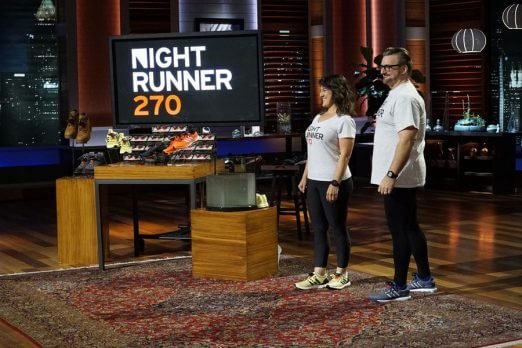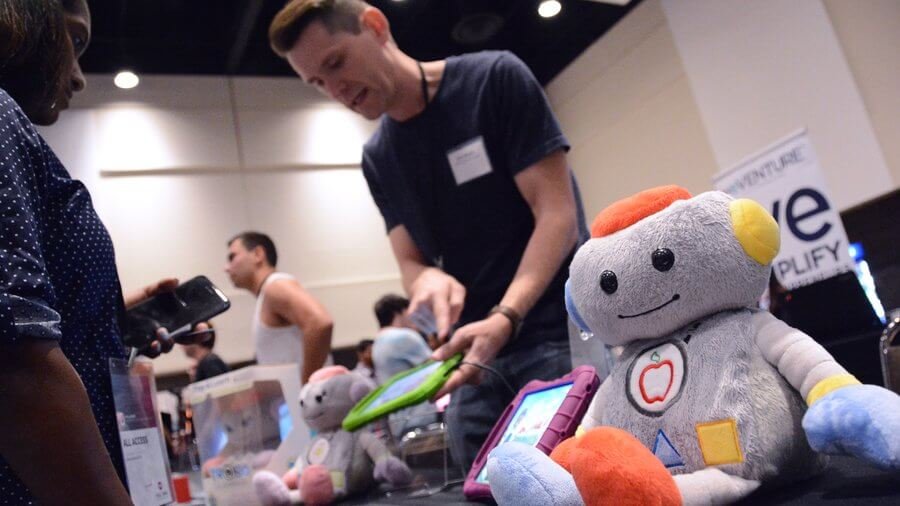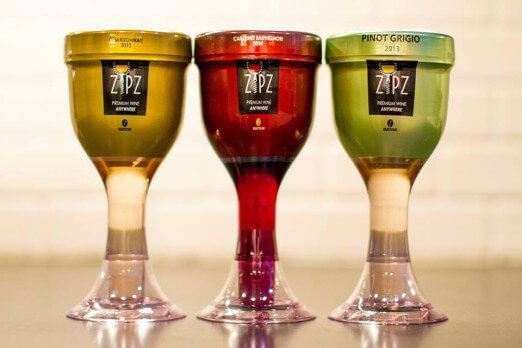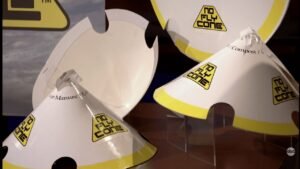Let’s bust a myth right from the top: not every Shark Tank deal makes you a millionaire. Plenty of entrepreneurs walk off set with handshakes, but the real test? Can the business scale once the cameras are off and the Sharks have left the building.
Mad Rabbit Tattoo? These guys, Oliver Zak and Selom Agbitor, didn’t just score funding. They built a tattoo aftercare brand that’s now pacing with the biggest names in indie skincare. Is it luck? No shot. This is a story of spotting a gap, playing numbers to win, and working the hustle 24/7.
Contents
ToggleWhy Mad Rabbit Tattoo Stands Out
Tattoo aftercare was always an afterthought—a boring shelf of balms nobody really trusted. Mad Rabbit didn’t invent the category, but they sure blew it up for a new generation. All-natural, minimalist branding, and a founders-walk-the-talk vibe.
That’s what caught Shark Tank’s eye, not just the balance sheet. They market relentlessly to people who see tattoos as part of their identity—not just art, but self-expression you protect. That kind of niche focus is where modern DTC brands win.
The Birth of Mad Rabbit Tattoo
Here’s the difference between a founder chasing hype and a founder solving their own problem. Both Zak and Agbitor are tattooed guys. Zak watched his surgeon dad pivot to entrepreneurship after an accident—he’s seen first-hand that nothing’s guaranteed.
Agbitor, born in Ghana and grinding through college finance classes, wanted out of corporate America. They both noticed something: tattoo aftercare was dated, uninspired, and frankly, ignored by the big skincare brands.
So, like any real entrepreneur, they didn’t wait for someone to fix it. They mixed their own formulas while still in college, sold to fellow tattoo fans, and realized: this could be bigger than a post-ink side hustle.

The Shark Tank Pitch: What Went Down
Forget TV drama—let’s talk numbers. When Oliver and Selom stepped into Shark Tank, they asked for $500,000 in exchange for 5% equity. Right away, that’s a $10 million valuation. Bold, but not delusional if they have the numbers to back it up.
And they did. $400,000 in sales in 2019. $300,000 in one single month before filming—with $60,000 of that pure profit. This wasn’t hobby hustle money; this was we can scale money.
Did every Shark bite? No. But Mark Cuban, the big dog for direct-to-consumer plays, saw something here. He offered $500,000 for 12%. That’s a $4.17 million valuation—lower than their ask, but higher than most get.
Here’s my take: I’ve seen founders lose deals being stubborn over valuation. Zak and Agbitor played it smart—they took less cash for more access and leverage. That’s how you win long-term.
Sales, Profit, and the Real Numbers
Founders love talking about revenue. Here, it actually matters. Before Shark Tank? $400K in sales. In just 8 months before their pitch, those numbers kept climbing. $300K in one month alone is massive for any indie CPG brand.
But profit is what actually counts. $60K profit in 30 days? That signals strong margins and real demand. That’s why Mark Cuban didn’t walk—he knew the margins left room for hyper-growth.
Here’s what I see: No long supply chains. Lean ops. Aggressive digital marketing. They focus on DTC via ecommerce, keeping overhead tight and customer data flowing.
After Shark Tank, numbers kept climbing. The SharkWorth team estimates (as of late 2023) a company valuation at $56 million. You don’t get there riding reality TV buzz alone—you grind for it.
Mad Rabbit Tattoo’s Net Worth and Valuation Timeline
Let’s lay out the money trail. Pitch valuation, $10 million (ambitious). Mark Cuban’s deal, $4.17 million (reality check). By 2023? Series A at $10 million, but SharkWorth pegs net worth closer to $56 million.
This is the growth curve you want: TV exposure brings sales, investor cash brings runway, and then you go after a Series A to hit scale.
I’ll say it: Most Shark Tank companies plateau after the rerun fades. Mad Rabbit? These guys did a Scrub Daddy move. They used Shark money not as an endpoint, but to build a real bulletproof business backend.

The Mark Cuban Effect: How the Deal Changed the Game
The cash was nice. But Cuban’s connections and playbook? Game-changing. Mark Cuban doesn’t just drop money and disappear. He brings relationships in ecommerce, a PR machine, and the sense of urgency you need to stay relevant.
He helped sharpen their branding, refine their influencer play, and open doors into retail discussions. That’s the Shark benefit you don’t see unless you’re in those behind-the-scenes meetings.
Word on the street? Cuban’s team made intros to CPG operators, packaging experts, and growth hackers. That’s what turned a solid DTC shop into a multi-million juggernaut.
What Mad Rabbit Tattoo Sells Now
It started with simple aftercare balm. Now? The lineup’s stacked: aftercare creams, numbing gel, tattoo balm, sunscreen, lotions, and more.
They doubled down on all-natural. Why? Because tattooed millennials and Gen Z are ingredient label freaks, and Mad Rabbit owns that messaging. Products sell through their website, and their Amazon game is tight.
Smart move: They never tried to outdo 100-year-old skincare brands head-on. They carved their own channel—focused, clean, and built for people proud of their ink.
Is Mad Rabbit Tattoo Still Winning?
Here’s the reality check: Post-Shark Tank fade is real. Most companies can’t handle the spike, then end up ghosting. But as of now? Mad Rabbit is still crushing it.
Retail expansion is in the works, but DTC is their bread and butter. They returned to Shark Tank for an update—always a sign your trajectory is hot. Series A funding, Amazon scaling, new products—it’s a business, not a flash-in-the-pan brand.
Are they a top ten tattoo care company already? Absolutely. They’re a case study in niching down, owning a message, and scaling on your terms.
The Takeaway for Entrepreneurs
Here’s the real deal: You don’t need to reinvent an industry. Spot the gap, solve your own problem, and build something you’d actually use.
Mad Rabbit didn’t get greedy on TV. They played the long game—got mentorship, not just cash, and stayed sharp on digital sales. Take their story as a playbook:
- Numbers matter, but so does brand story.
- Customer obsession beats product obsession every time.
- Don’t let your ego fumble the deal—sometimes 88% of a big business is worth way more than 100% of a small one.
- Investors can bring much more than cash; pick the right partner.
Bottom line? Shark Tank is a platform, not a miracle. What you do after the show—that’s what makes or breaks you.
FAQs
1. Is Mad Rabbit Tattoo still in business after Shark Tank?
Yes, and not just alive—thriving. With retail expansion and strong DTC, they’re not slowing down.
2. How much did Mark Cuban invest, and did the deal close?
Mark Cuban put in $500K for 12% equity. According to follow-up coverage on SharkWorth, the deal held.
3. What’s Mad Rabbit Tattoo’s current net worth?
SharkWorth pegs them at around $56 million as of late 2023—up from a $4.17 million valuation on-show.
4. Where can you buy Mad Rabbit Tattoo products?
Direct from their website, Amazon, and select retailers. DTC is still their core move.
5. Are the founders still running the company?
Oliver Zak and Selom Agbitor are both still at the helm, leading growth and product strategy.
6. Did they add new products after Shark Tank?
Yes. The line expanded way beyond aftercare balm—numbing gel, lotions, sunscreen, and more.
7. How does Mad Rabbit stand up against bigger skincare brands?
They own the niche. Bigger brands have more shelf space, but Mad Rabbit wins on authenticity and targeted messaging.
8. Was Shark Tank the main turning point, or something else?
Shark Tank lit the fuse. But Series A funding and relentless digital focus are what made them a powerhouse.
If you want real business breakdowns—not just rerun hype—tap into SharkWorth. That’s where you find who’s really scaling after the pitch lights fade.









